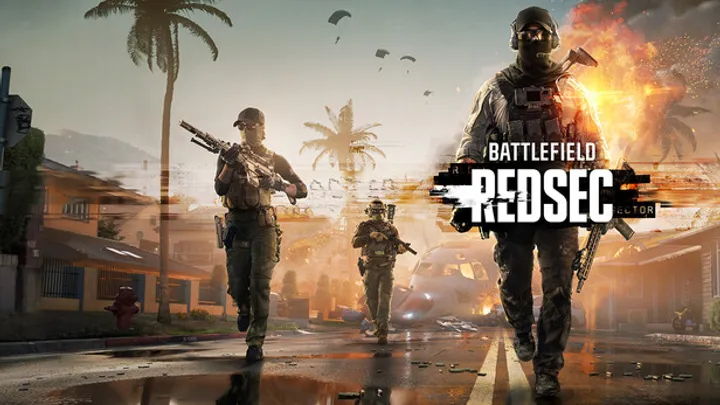Latest post on blog
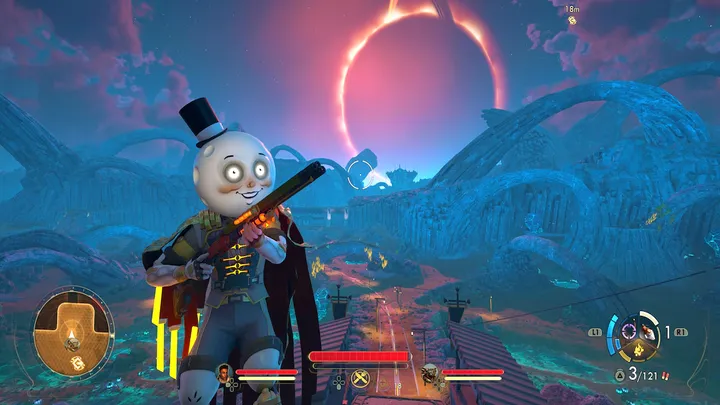
A Deep Guide to Mastering Character Builds, Choice Impact, and Tactical Freedom In The Outer Worlds 2
Discover how to master The Outer Worlds 2 by building flexible characters, using dialogue strategically, optimizing companions, and controlling long-term story outcomes.
December 29, 2025

A Deep Guide to Mastering CJ’s Journey from Street Survival to Empire Control In Grand Theft Auto: San Andreas
December 29, 2025

A Complete Guide to Understanding and Winning the Chaos In Steal a Brainrot [SKIBIDI]
December 29, 2025
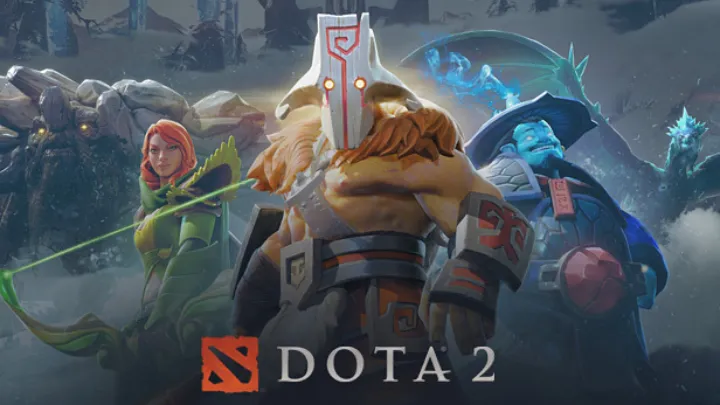
Dota 2 Mastery Guide: How to Climb the MMR Ladder Like a Pro
December 29, 2025
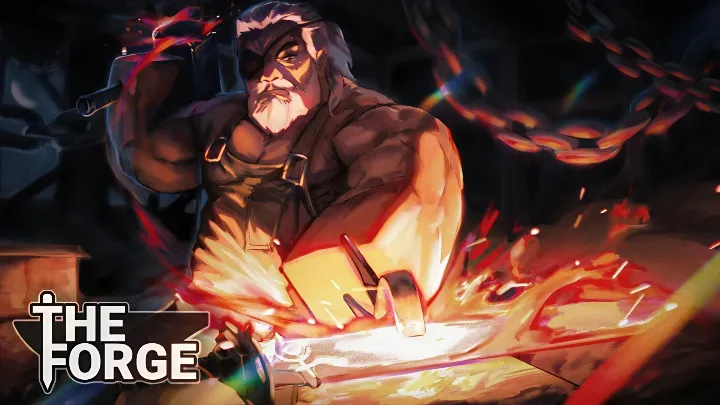
How to Master Roblox: The Forge – The Ultimate Blacksmithing Guide
December 29, 2025
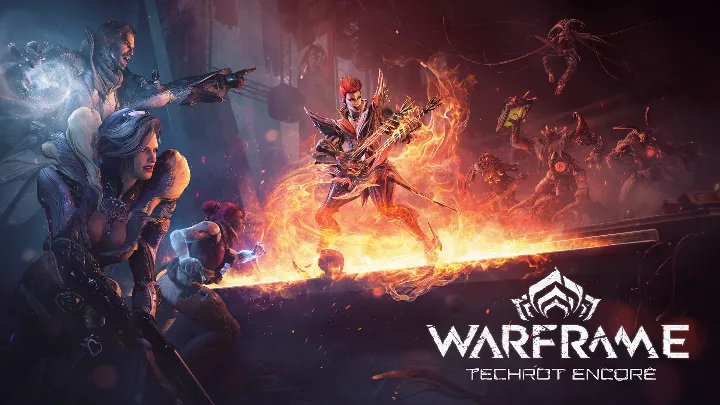
Warframe: An Evolutionary Masterpiece of Free-to-Play Action Games
December 26, 2025
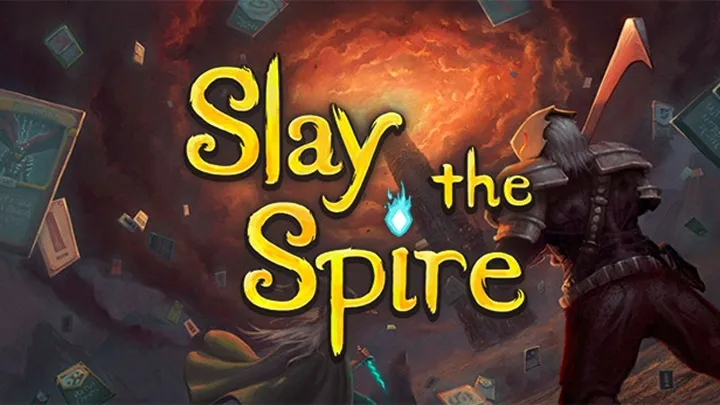
How to Play Slay the Spire Effectively: Build Smart Decks, Manage Resources, and Win More Runs
December 26, 2025

How to Play Stardew Valley Effectively: Manage Time, Build Smart, and Grow a Profitable Farm
December 26, 2025

The Pandora Masterpiece: Redefining Open-World Excellence in Avatar: Frontiers of Pandora
December 26, 2025
Latest review

OC Maker: Avatar Maker
OC Maker: Avatar Maker is a fantastic tool for anyone interested in creating unique avatars and characters.
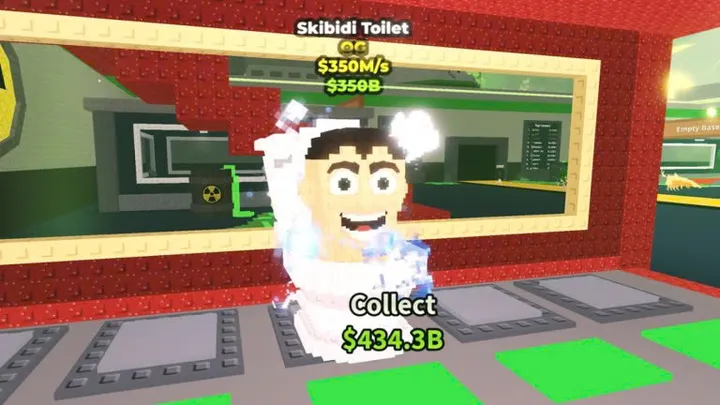
[SKIBIDI] Steal a Brainrot
Steal a Brainrot offers an entertaining and whimsical adventure for players on Roblox, combining engaging gameplay mechanics, vibrant visuals, and an active community.

Avatar: Frontiers of Pandora™
Avatar: Frontiers of Pandora™ promises to deliver an immersive gaming experience that combines stunning visuals, a rich narrative, and engaging gameplay mechanics.

Banana
Banana offers a refreshing and engaging gaming experience that combines charming visuals, dynamic gameplay, and a lighthearted narrative.

Marvel Rivals
Marvel Rivals delivers an exhilarating multiplayer experience that connects fans of the Marvel universe through engaging strategies and thrilling combat.
Editor Advices

Gorilla Tag
Gorilla Tag is a unique VR game with arm-based movement, fast-paced tag gameplay, a creative community, and lively social interaction

Hades
Hades delivers a thrilling roguelike adventure with its engaging combat and rich narrative, celebrating the escape from the Underworld.

Steal a Brainrot Roblox
A chaotic, addictive tycoon that thrives on social interaction and emotional investment — both a playground and a battlefield for Roblox players.

Simpsons [HORROR]
The Simpsons [HORROR] is a fan-made horror game set in the iconic world of Springfield, transforming the beloved characters and familiar locations into a chilling experience.

Drive Beyond Horizons
Drive Beyond Horizons delivers a rugged survival adventure with its open-world exploration and vehicle customization, celebrating the thrill of the unknown.
